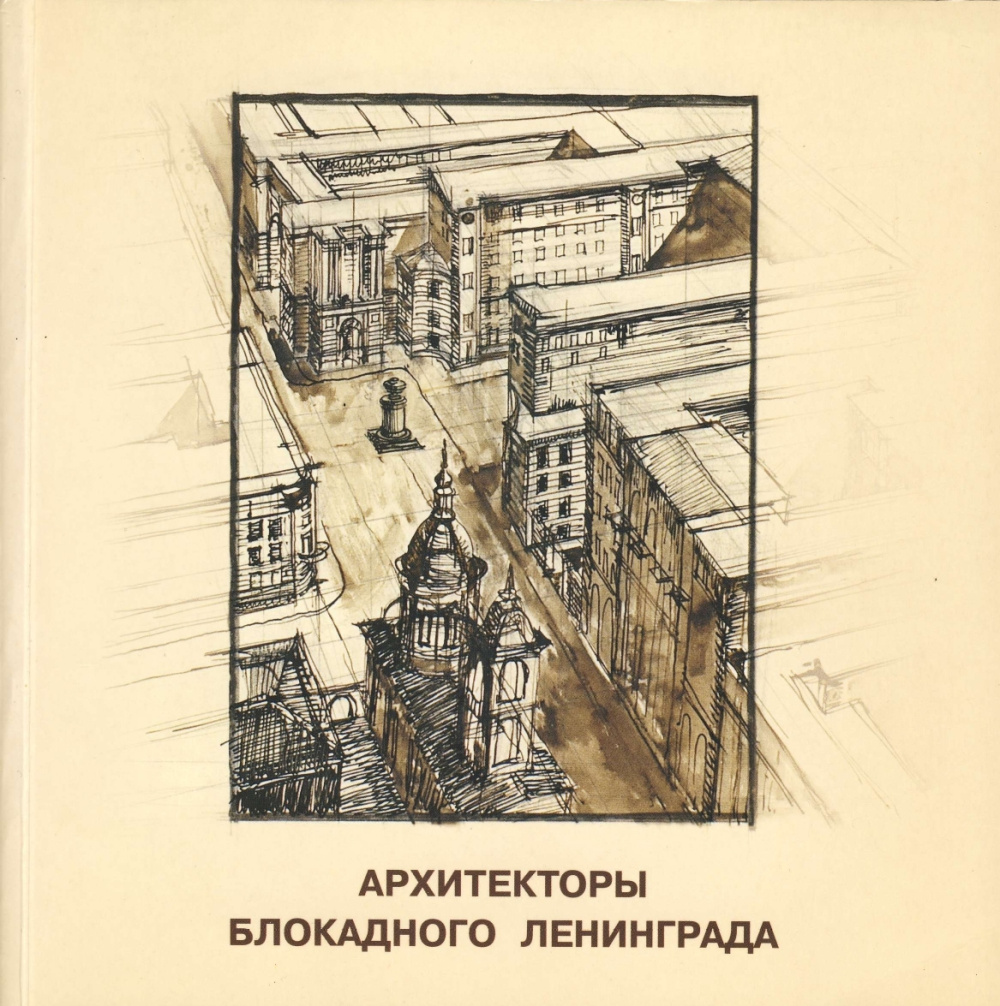 "Architects of besieged Leningrad" book cover
"Architects of besieged Leningrad" book cover
“27 January, 1944. The city is freed from the blockade! Leningrad salutes the troops. 24 salvos from 324 guns (...) Cannons were firing from ships and somewhere else... People, whole crowds of people, and everyone shouted “Hurray” (...) They danced on Nevsky. I can’t even believe that all this happened.” This is what Aleksandra Remizova, a student at LIICS-LISI (now SPbGASU) wrote in her Leningrad diary at that time. We remember the students and graduates of our university who worked in the besieged city and participated in its liberation.
“When there is food, I will eat porridge every morning”
“Aleksandra Remizova’s diary was published in the LISI newspaper, which is kept in our museum. This is one of the many evidences of how LISI students, graduates, and teachers, who did not go to the front, did impossible to save their hometown. Aleksandra writes that she works in defense work, digs a pit near Ladoga, works as a mason and an assistant at a factory, and on 19 October, 1943, she reports that classes at the institute have resumed. Throughout the blockade, she remembers ... food: “I somehow got used to being in such a state that I don’t feel hungry,” “when there is food, I will eat porridge every day,” said Elena Klimenko, director of the SPbGASU Historical and Information Center.
According to her, SPbGASU has collected rich material about the participants of the Great Patriotic War, including those who directly participated in the battles for the liberation of Leningrad. Information has been preserved about the future graduate and associate professor at the LISI Department of Construction Production Vladimir Evdokimov, who was awarded the Order of the Red Star and eight military medals. In 1974, colleagues wrote an article about him in the LISI newspaper “Za Stroitelnye Kadry.” In the article they said that Vladimir Arkadyevich fought on the Volkhov Front in the battles to break the blockade in January 1943. He was wounded and was treated in hospital for eight months..
“The biography of Yakov Anatolyevich Sokolov is amazing - an engineer, PhD of Engineering Sciences and an amateur singer (baritone), who raised the morale of Leningraders through art. During the siege, he participated in opera performances at the City Theater, in particular, he sang Yeletsky in “The Queen of Spades” under the direction of Karl Eliasberg, performed in his programs on the radio, at the House of the Red Army (LDKA), and on 25 September, 1943, he performed solo with Nadezhda Welter in the cantata "Moscow" in the Great Hall of the Philharmonic. For the second time, Sokolov appeared on this stage with his future wife Vera Shestakova on 1 January, 1944, in a duet with her he sang excerpts from Verdi’s La Traviata. In the post-war years, Yakov Sokolov returned to his main profession, becoming an associate professor at LISI,” added Elena Klimenko.
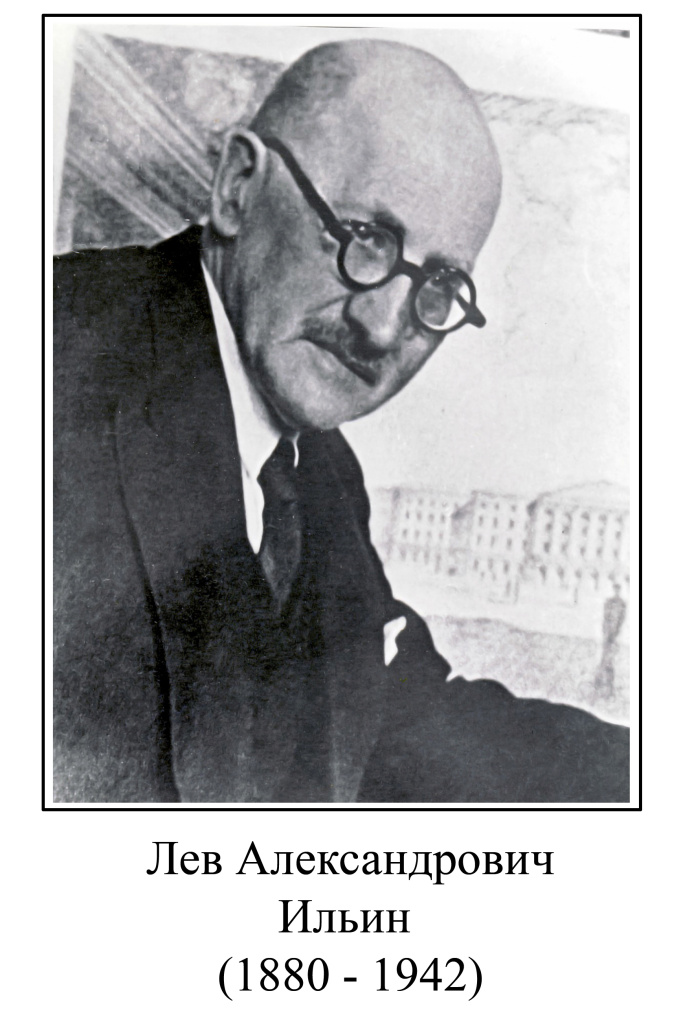
Head of special direction Lev Ilyin
SPbGASU professor, DSc in Architecture Andrey Vaytens recalled that in 2005 the exhibition “Architects of besieged Leningrad” was opened at the State Museum of History of St Petersburg. A book with the same title was published that same year. It presents numerous materials: texts, illustrations of the results of competitions, projects for the restoration of architectural monuments, memories of architects who witnessed this tragic time.
“Based on this book, it became possible to identify the leading Leningrad architects who actively participated in professional activities in the most difficult conditions of the siege. These include graduates of our university Lev Aleksandrovich Ilyin (1880–1942), Nikolai Varfolomeevich Baranov (1909–1989), Valentin Aleksandrovich Kamensky (1907–1975), Aleksandr Ivanovich Naumov (1907–1997), who played significant role in the development of the city on the Neva and at the same time were the leading teachers of this architectural school,” said Andrey Vaytens.
He emphasized that the largest architect and urban planner of St Petersburg - Leningrad at the end of the 19th - beginning of the 20th centuries, Lev Ilyin raised many problems of urban development of the city, which have not lost their importance today. From 1933, Ilyin headed the LIICS Department of Urban Planning and taught there until the end of 1942. In October 1940, for his services to the development of the city, he was awarded the degree of DSc in Architecture without defending a dissertation, and in 1941 he was elected a corresponding member of the Academy of Architecture and was awarded the academic title of professor. During the blockade, Ilyin supervised the work on measuring architectural monuments. This was a particularly important area for preserving architectural heritage.
“At the beginning of 1941, he returned to his old idea of writing a book about Leningrad. Work on the manuscript of “Walks in Leningrad” continued until the beginning of December 1941. The chapters were created following the circumstances of life complicated by the war. The first chapter of “Fontanka” was written in July–September in relatively “peaceful” conditions. The six subsequent chapters and the first versions of the introduction were written in the basements of the Hermitage, where Ilyin moved in early October. Along with the text, a series of sketches was born. Not all of them were directly related to the text. In December 1941, a high-explosive bomb destroyed his office and neighboring rooms, the entire archive, and a significant part of the library and art collection. In mid-March 1942, Ilyin literally collapsed - dystrophy developed and scurvy began. But he worked on the book until 11 December, 1942 - the day of his death during artillery shelling,” concluded Andrey Vaytens.
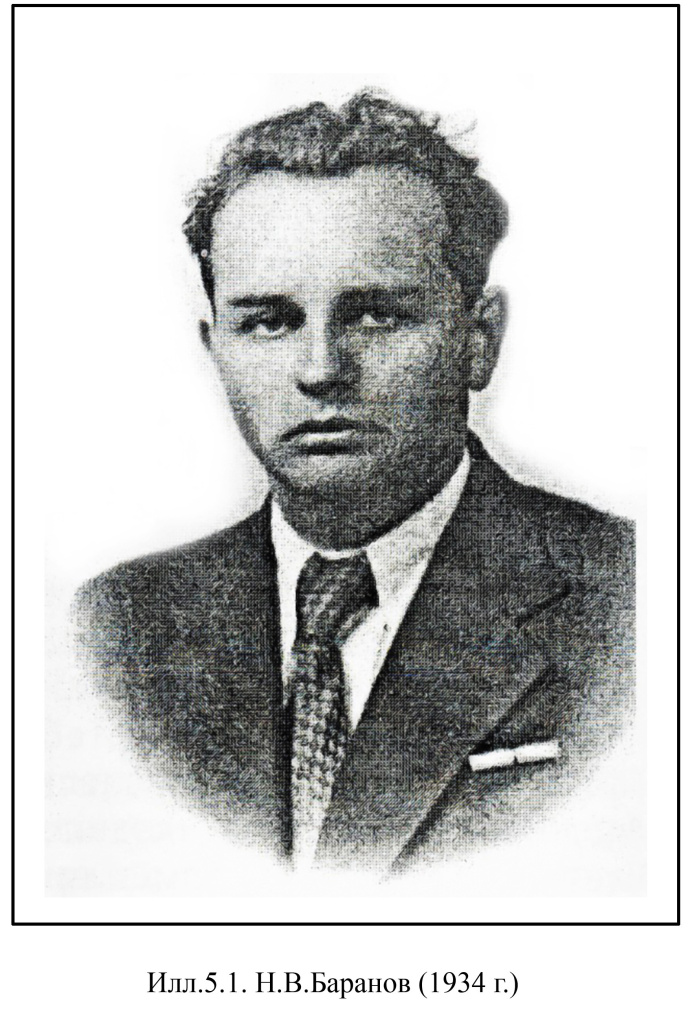
Chief architect Nikolai Baranov
Nikolai Baranov was the chief architect of Leningrad from 1938 to 1950. In his book “Silhouettes of the Siege,” published in 1983, he wrote that his ideas for preserving and saving architects during this period were supported by the city’s party leadership.
“It was clear to the leaders that after the victory the city would need to be restored, and it would not be possible without architects. Members of the Union of Architects were given the largest food cards, and a hospital was opened for the sick at the Astoria Hotel. Already at the beginning of 1942, Baranov initiated the re-establishment of the Lenproekt design institute. Famous architects, most of whom remained in the besieged city, headed workshops responsible for the future restoration of individual areas. From that time on, Baranov led the work on the future General Plan for the restoration and development of Leningrad, which was approved in 1948,” said Andrey Vaytens.
In 1949, despite his services during the blockade, he was accused in the “Leningrad case” (a series of trials in the late 1940s - early 1950s against party and state leaders of the RSFSR in the USSR, during which they were charged accusations of hostile subversive work and corruption, as well as use of official position for personal, selfish purposes). He was removed from his post and left Leningrad. In 1955, he was completely rehabilitated and moved to Moscow, but continued to actively participate in the architectural life of the city on the Neva.
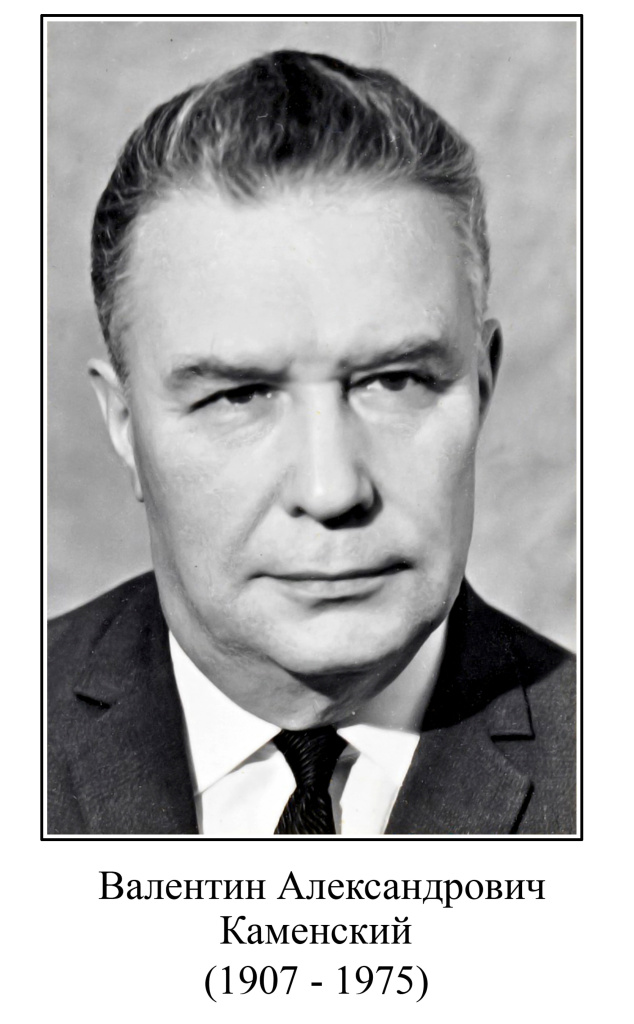
Author of “Breaking the Blockade” Valentin Kamensky
According to Professor Vaytens, the name of the chief architect of Leningrad from 1951 to 1971, Valentin Kamensky, is associated with the post-war restoration of the city on the Neva and its development in the 1950s - early 1970s.
His teacher was the famous St Petersburg and Leningrad architect Andrey Andreevich Ol (1883–1958).
“During the war, Kamensky remained in besieged Leningrad. In the most difficult conditions, he supervised the technical camouflage of industrial facilities and participated in all architectural competitions in the city. The project he created for the monument “Breaking the Blockade” was awarded first prize at the competition in February 1943. During this difficult time, Valentin Aleksandrovich showed himself as a talented artist. In 1942, he created a series of watercolors and drawings on the theme “Leningrad in the Siege”, some of which are in the Russian Museum and the Museum of the History of Leningrad.
During the most difficult days of the blockade, Kamensky headed the Leningrad branch of the Union of Architects. Baranov recalled that Kamensky, together with him, did a lot to preserve and unite the team of Leningrad architects, organized their work, and managed to obtain material and food assistance for them. At the beginning of 1943, the Lenproekt Institute and its architectural and planning workshops resumed their activities. From that time until 1951, Kamensky headed workshop No. 7, which he headed before the war. This team was developing projects for the restoration of the southwestern part of Leningrad – the Kirovsky district, which suffered the most during the war years,” said Andrey Vaytens.
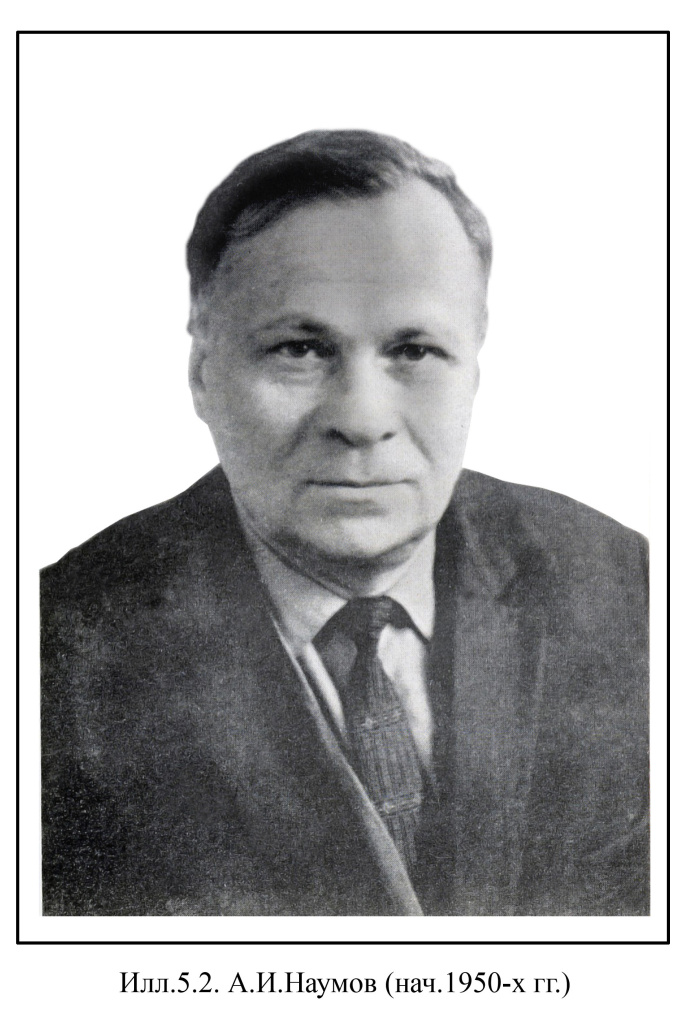
Co-author of the city master plan project Aleksandr Naumov
“Naumov was a multifaceted figure, and the description would be quite suitable for him: urban planner, public figure, scientist and teacher. An urban planner whose work was inextricably linked and largely determined the development of Leningrad in the 1930s - 1980s. During the blockade, Naumov, together with Baranov, supervised the camouflage of particularly important administrative and historical buildings. He took part in the design and implementation of Smolny camouflage. In 1943, the Union of Architects held an open competition for a project for the reconstruction of Moskovsky Prospect. The project of Naumov and Verizhnikov received first and second prizes. At the same time, competitions were held for the reconstruction of Sovetsky (now Suvorovsky) Prospect, Mytninskaya Embankment and the restoration of Gostiny Dvor. Since mid-1942, Naumov took part in the development of a new Master Plan for the restoration and development of the city. It envisaged the development of the north of the city and its opening to the northern and southern shores of the Gulf of Finland. The general plan was approved in 1948, and Leningrad developed according to it until the early 1960s,” said Andrey Vaytens.
He also emphasized the special role of Naumov as an urban planner and teacher at the LISI architectural school, who trained several generations of architects. In the 1960s - 1980. he headed the Department of Urban Planning at this school.